Our Bacanora 101 is the complete guide to the spirit
Bacanora is a regional mezcal made in the state of Sonora, Mexico. Like all mezcal, the spirit is distilled from the roasted heart of the agave plant. Bacanora is 100% agave and distilled twice at a vinata, the word for distillery favored in bacanora country. Because the liquor falls outside of the denomination of origin (DO) for mezcal, it can not be labeled as such. However, locals may refer to bacanora as mezcal or vino.
Where is bacanora made?
In 2000, bacanora received its own denomination of origin (DO), a geographical indicator (GI) that gives the spirit protected status. This means that bacanoreros can only be legally produce and bottle the spirit in eastern Sonora, a region stretching from the northern municipality of Arizepe to the southern tip of the state. To get a feel for the region, check out Susan’s essay on her visit or Bryant Orozco’s excellent series on reconnecting with his Sonoran roots.
What species of agave are used to make bacanora?
Although various types of wild agave (and even sotol) have been used to make bacanora over the years, the spirit is now officially defined as a distillation of A. angustifolia haw, the local varieties of which may be referred to as pacifica, yaquiana, or bacanora. How much these agaves differ from southern espadín is a subject of debate. True nerds may want to check out this genomic analysis of wild and cultivated bacanora agave. Many producers still rely on wild agave, which raises concerns about agave deforestation. But as the spirit regains popularity, more producers are cultivating agave.
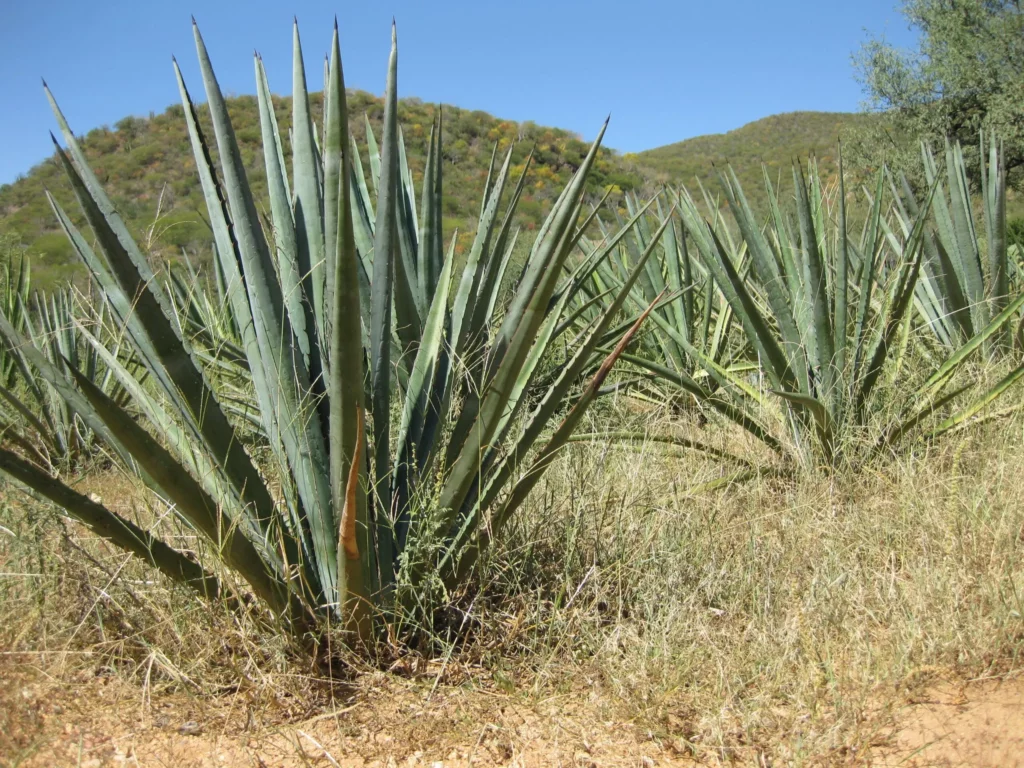
How is bacanora made?
The regulations that define bacanora production are notably vague. According to law, it must be made exclusively from mature A. angustifolia haw agave that has been cooked, shredded, and then fermented with yeasts. This leaves the door open for many processes.
Producers may legally use modern equipment and techniques or combinations of old-fashioned and modern methods. For example, in this 2020 article on Batuq, Max describes how producer Rafael Encinas Molina was roasting agave in both autoclaves and underground ovens to get a desired flavor profile.
As Max writes, “The agaves are crushed first by ax and then run through a mechanical shredder. Fermentation is wild in large square plastic containers and then distillation is a two-pass affair in custom made square stainless steel and copper stills. Then it is rested in stainless steel tanks for two months in order to integrate the spirit. All of this is powered by fire because the distillery doesn’t have electricity.”
Typically, producers pile agave into a pit lined with volcanic rocks. They then seal the pit with a metal lid and dirt. After they’ve baked the agave over mesquite embers and hot rocks for two to four days, they remove and shred the piñas.
These days, they may mash the piñas with axes, shred mechanically, beat the agave to pulp in a canoa, or even crush it with a tahona. The mosto may then be fermented in various types of vessels, including underground reservoirs called barrancos, plastic rotoplas tanks, or in steel oil drums. Once the mash is fermented, it’s time to distill. During prohibition, portable stills were common and still are; these may also be made from steel drums, augmented with copper tubing and repurposed water heaters.
The roots of bacanora production
Early production processes evolved from indigenous methods for baking agave for food and fermented beverages, which were a major source of sustenance. Cultivation of agave in the region dates back to at least 1000 CE.
The Jesuit missionary Ignaz Pfefferkornne wrote one of the most comprehensive early descriptions of bacanora production . Pfefferkorn, who spent time in Sonora between 1756-1767, described various indigenous uses for agave, including a healing salve for the skin. He also wrote the following:
“To distill these spirits the root must be prepared in the following manner. A deep, round hole is dug into the earth and lined from top to bottom with stones laid one upon the other in the manner of a wall, so that a good space remains in the middle. This is filled with wood which is fired so that the stones are heated through until almost red hot. When the fire has consumed the wood, the pit is filled with clean, stripped roots and is well covered with twigs and earth to enclose and keep the heat for a long time. The roots must remain all night in this bakeoven, and the following day they are fully roasted and ready for the spirits to be distilled. Few have the equipment needed for the distilling, however, and those who have are usually Spaniards, who demand good payment for their trouble, since a pint is sold for two guilders.”
Although Pfefferkorn was no doubt mistaking agave hearts, or piñas, for roots, the age-old baking process remains common in bacanora country.
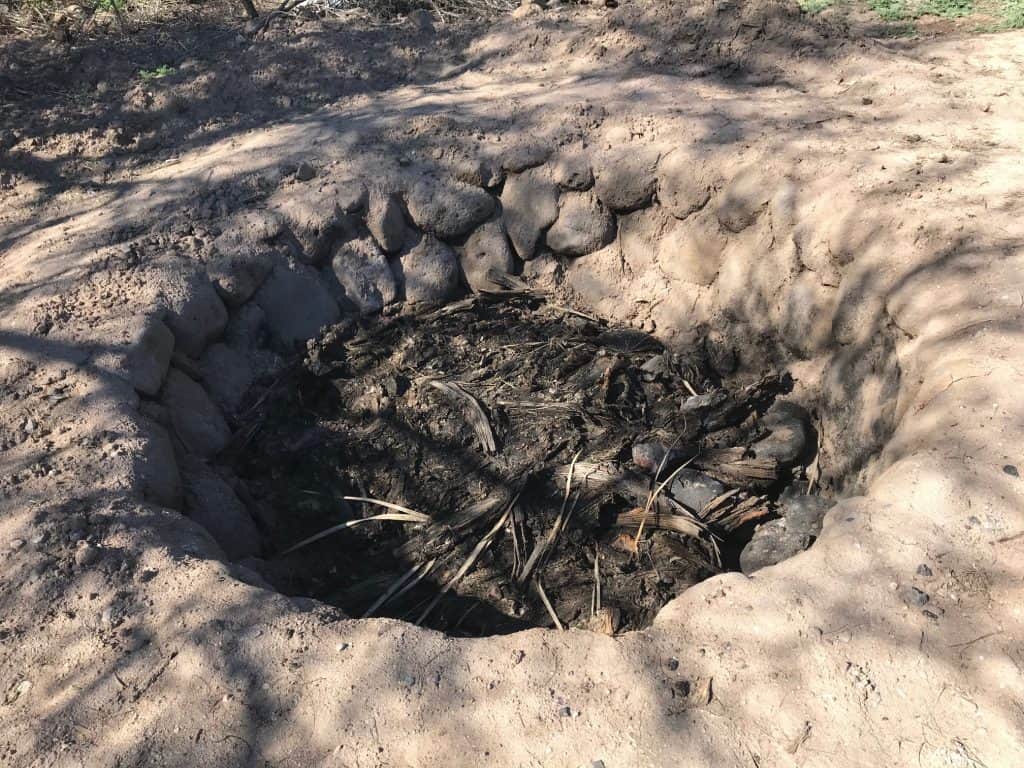
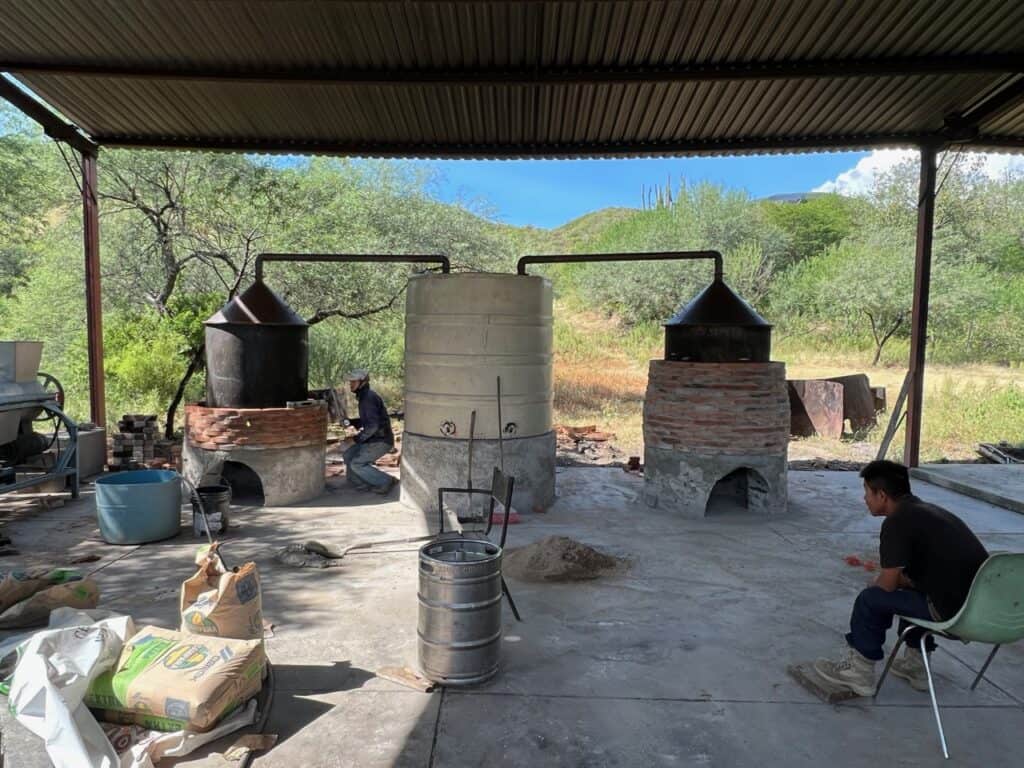

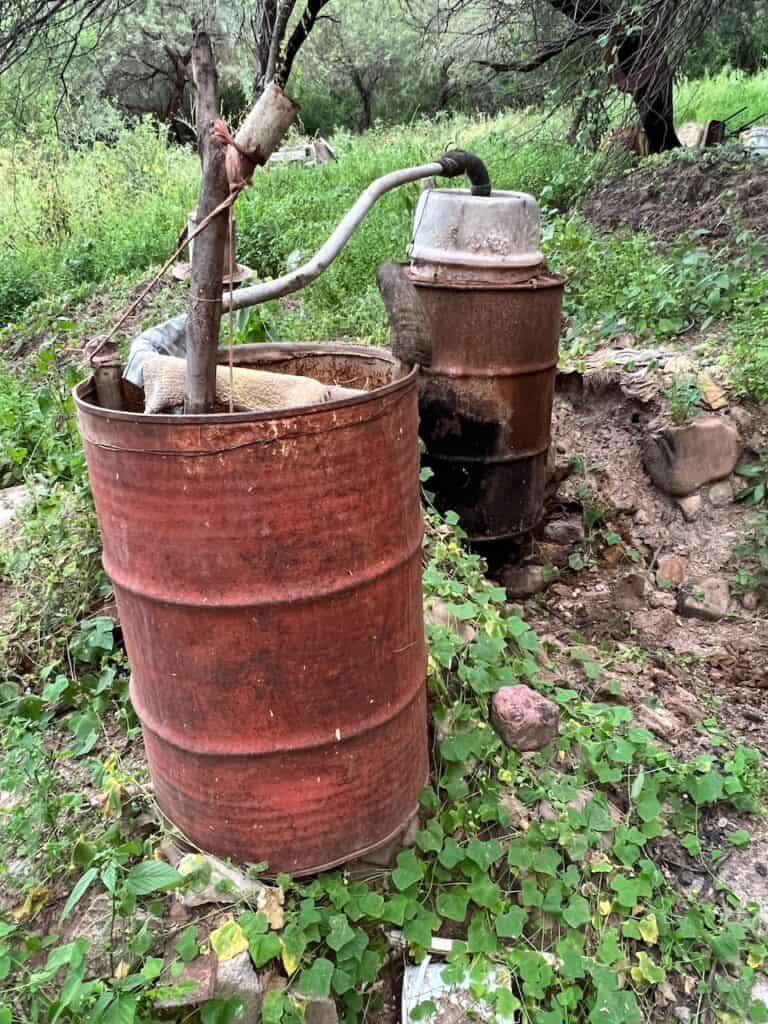
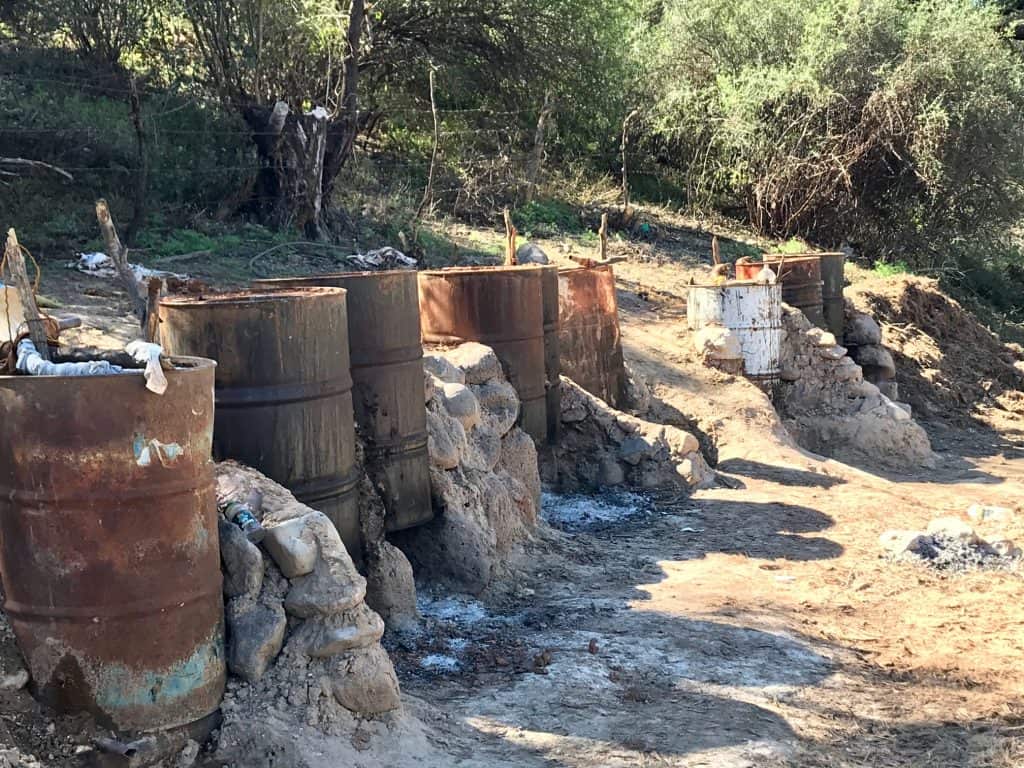
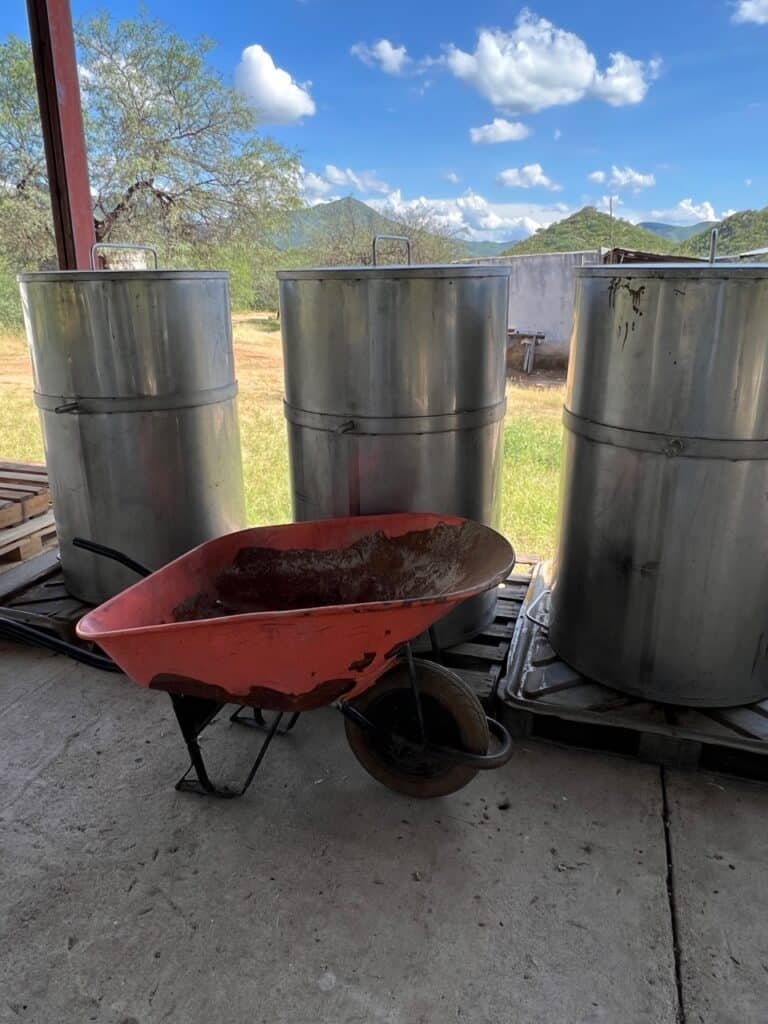
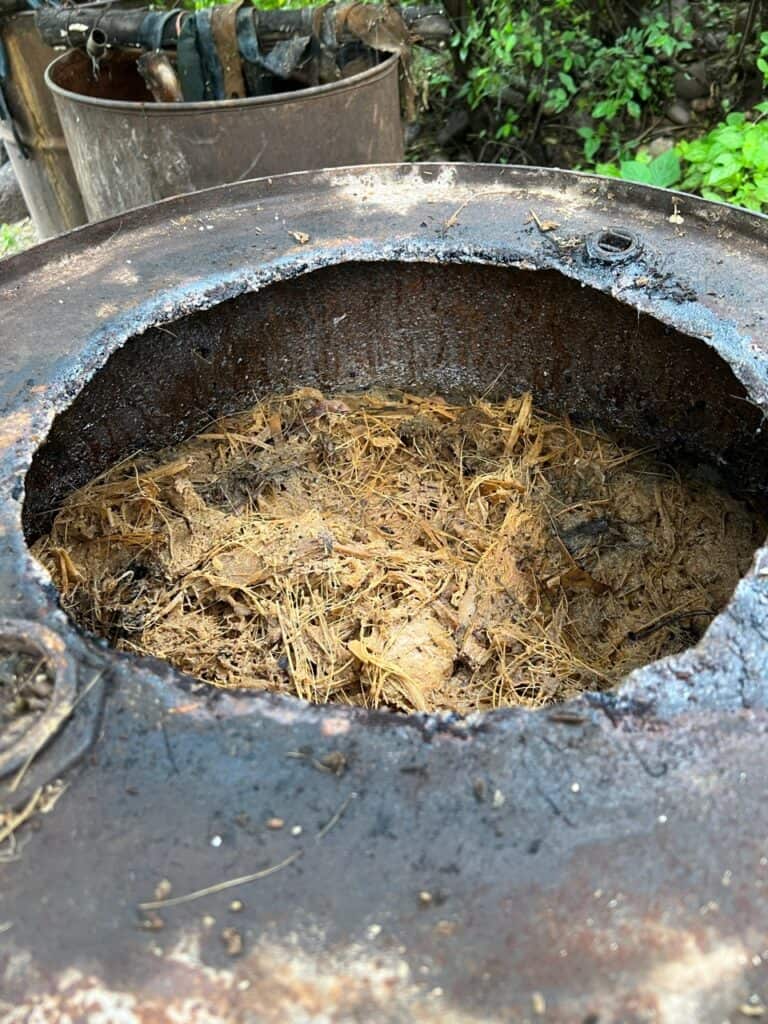
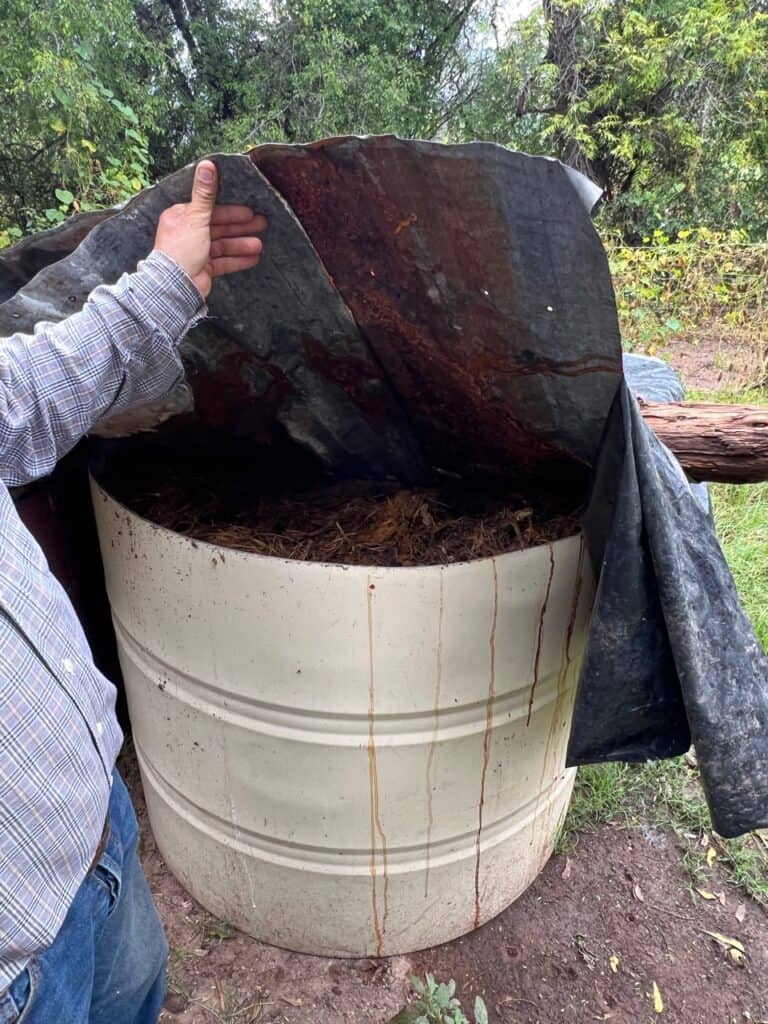
OTHER FAQ about Bacanora
What does bacanora mean?
Like tequila, this mezcal takes its name from a locus of production, the town of Bacanora. Bacanora means “reed covered slope” in the language of the indigenous people whom the Spaniards called the Ópata.
Does bacanora have categories like mezcal or tequila?
Unlike mezcal, bacanora doesn’t have distinct categories such as “ancestral,” that allow consumers to easily discern if the production process is “traditional.” However, this information can often be found by reading labels or, of course, here at Mezcalistas.
Does bacanora have classes, like tequila?
The norm establishes four classes: blanco, oro or joven, reposado, and añejo.
- Blanco is unaged or rested in glass or another neutral container. This product may be labeled as “bacanora silver” for the international market.
- Reposado must be aged for at least two months in oak barrels. This product may be labeled as “aged bacanora” for the international market.
- Añejo must be aged at least a year in oak barrels with a maximum capacity of 200 liters. This product may be labeled as “extra-aged bacanora” for the international market.
- Oro or joven is a mix of blanco and reposado or añejo. Bacanora joven may be labeled as “bacanora gold” for the international market.
How long has bacanora been around?
It’s hard to say exactly. When Ignaz Pfefferkorn and other 18th century missionaries wrote about the spirit, they were no doubt describing an established practice. Although Pfefferkorn specifically mentions Spaniards in the text, other evidence suggests that both Spaniards and indigenous people were distilling in Sonora by the 18th century.
What does bacanora taste like?
If you wanted to introduce mezcal to a friend, you might start with bacanora. Although the spirit is flavorful, it is arguably more accessible than, say, raicilla. Many bacanoras are anchored by a strong note of candied agave, balanced by a mineral tang. Common tasting notes include citrus, floral, caramel, cinnamon, pepper, earth, leather, lemongrass, and grassy or vegetal highlights.
How strong is bacanora?
Legally, thie regional mezcal must be between 38% and 55% ABV.
Why was bacanora outlawed?
In 1915, Governor Plutarco Elías Calles (who would later become president of Mexico) passed a “dry law” for the entire state of Sonora. Although the liquor industry provided many jobs, Calles claimed that alcohol was responsible for decadence and moral perversion, and was one of the principal reasons for the failing economy. This law was extremely unpopular for obvious reasons; in 1919 it was repealed for most types of alcohol, but bacanora remained illegal. The police continued a campaign of harassment, jailing producers and destroying distilling equipment.
Is bacanora illegal in Mexico?
In 1963, the state government acknowledged the mezcal as a “regional drink,” but prohibition wasn’t officially lifted until 1992. In 2000, bacanora received a denomination of origin, which outlines the parts of the state of Sonora in which it can be legally produced. In 2005, the Mexican government issued a set of regulations that define legal bacanora production processes.
Is bacanora illegal in the US?
Bacanora is legal in the United States. A number of compliant and certified bacanora brands are available in the US, including Los Cantiles 1905, Mazot, Piscaderos, Kilinga, Rancho Tepúa, Santo Cuviso and Batuq.
Does bacanora have a “Norm”? (And what is a Norm?)
Normas, or NOMs, are sets of rules that govern Mexican industries. Tequila has a NOM, as does mezcal, and raicilla will have one soon. Bacanora is governed by “the Norma Oficial Mexicana-Bebidas alcohólicas-Bacanora-Especificaciones de elaboración, envasado y etiquetado—NOM-168-SCFI-2004.” That’s quite a mouthful, so “the norm” or NOM-168 will do. Ratified in 2005, NOM-168 outlines the rules producers must follow to legally label their product as bacanora.
NOM-168 dictates that the mezcal must be distilled from 100% A. angustifolia haw grown within the borders of the denomination of origin. The agave may be wild or cultivated. Bacanora must also be bottled within the DOB. A bottle of bacanora can’t legally contain a blend of spirits from various producers. Additionally, the norm limits levels of methanol, furfural, and other compounds allowed in legal bacanora.
Despite the existence of these regulations, enforcement has been inconsistent, resisted, and fraught with controversy.
How is bacanora different from tequila?
Tequila and bacanora have common roots, in the sense that the both were popular regional mezcals named after towns that served as centers of production. At that time, both spirits could be made from various types of agave.
The rise of tequila as the preeminent agave spirit was predicated not only on its quality but on its proximity to the port of San Blas and eventually to rail lines, facilitating exportation to other parts of Mexico–and the US.
But consider this–Sonora is right on the US border. Prior to its prohibition in 1915, bacanora was a popular drink in the American southwest. Imagine a timeline where it wasn’t outlawed for most of the 20th century. Would bacanora rival tequila?
Speculation aside, tequila and bacanora now differ in many ways. The spirits are made from different types of agave in very different regions. The tequila industry is much larger and much more strictly regulated. There is also, of course, a serious difference in terroir that would exist regardless of production methods.
Where do I find bacanora?
If you can’t make it to Sonora or Arizona, you may have some trouble tracking down a bottle. Look for it at specialty liquor stores and hope for it at mezcal bars. Depending on where you live, you may be able to order bacanora from a distributor.
How do you drink bacanora?
To truly understand the beautiful flavors of bacanora, try sipping it neat. Of course, you can drink it any way you like. To date, most bacanora cocktails tend to be variations on classic tequila drinks, although of course some bars are getting more creative, particularly in Tucson, where bacanora has a long history.
How big is the DO or bacanora?
The denomination of origin for bacanora (DOB) includes 35 municipalities: Bacanora, Sahuaripa, Arivechi, Soyopa, San Javier, Cumpas, Moctezuma, San Pedro de la Cueva, Tepache, Divisaderos, Granados, Huásabas, Villa Hidalgo, Bacadehuachi, Nácori Chico, Huachinera, Villa Pesqueira, Aconchi, San Felipe de Jesús, Huépac, Banámichi, Rayón, Baviácora, Opodepe, Arizpe, Rosario, Quiriego, Suaqui Grande, Onavas, Yécora, Alamos, San Miguel de Horcasitas, Ures, Mazatán, and La Colorada.

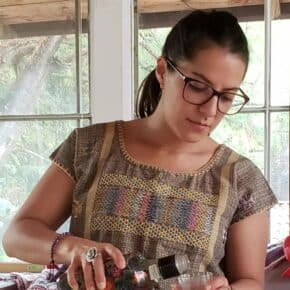
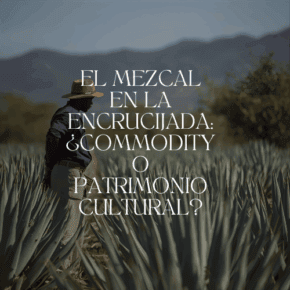
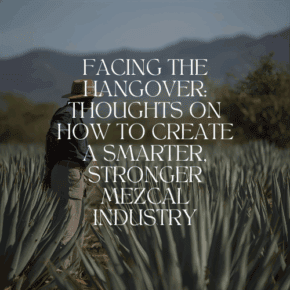








Leave a Comment